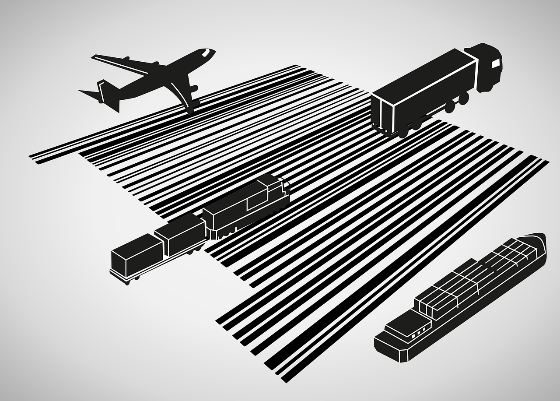
You may have heard the name GS1 used frequently when looking into purchasing your barcodes for your products or business use, the reason for that being is they are the worldwide distributor of barcodes and have been for the past 40 years. You will be unable to list your products into retail stores unless you have a GS1 registered barcode on your products.
 This non-profit organisation, which can be found in 112 locations worldwide, has a main goal which is to be able to provide communication between businesses, customers and suppliers when you buy a barcode from them. As their name portrays number 1 global standards it implies their objective in maintaining the use of the same standards across all trading industries. It allows the transfer and sharing of information between clients to run a smooth process, which is what we are all ultimately seeking in our businesses. These standards that GS1 offer are crucial in the largest operating industries such as retail, healthcare, transport and logistics. So as you can see GS1 offer a service which goes much further than creating and registering barcodes, they provide standards which create a framework for company visibility in the supply chain. This is all a benefit for the businesses and consumers from huge chain stores to the shop on the corner in your area.
This non-profit organisation, which can be found in 112 locations worldwide, has a main goal which is to be able to provide communication between businesses, customers and suppliers when you buy a barcode from them. As their name portrays number 1 global standards it implies their objective in maintaining the use of the same standards across all trading industries. It allows the transfer and sharing of information between clients to run a smooth process, which is what we are all ultimately seeking in our businesses. These standards that GS1 offer are crucial in the largest operating industries such as retail, healthcare, transport and logistics. So as you can see GS1 offer a service which goes much further than creating and registering barcodes, they provide standards which create a framework for company visibility in the supply chain. This is all a benefit for the businesses and consumers from huge chain stores to the shop on the corner in your area.
As GS1 South Africa is mostly recognised for their numbering structure which creates bar codes, having a GS1 bar code on your items, whether it is products or pallets, this allows you to track the location of your goods as well as the product information.
The most widely used GS1 standard is the GTIN barcode in two formats UPC and EAN which are made up of vertical lines. These barcode formats are primarily used in the retail industry to be placed on individual products listed on the shelves to be sold to the consumer. They are scanned at the point of sale system and this allows the retailer to keep accurate track of the stock in their store as well. These barcodes are 1D barcodes and were the first ever to be invented and used. They are also used in the logistics industry as they can be printed directly onto boxes and other materials used for shipping.
Another newer type of barcode is a 2D barcode which is made up squares, dots and rectangles. They can be printed much smaller than the 1D barcodes and can contain more information. An example of this is the QR code, which can direct users to websites and be used for tracing of batches of goods.
This article is just a brief outline of the basics of GS1, the options that they provide to customers goes to great lengths and into detail. They also offer courses which you can partake in to grow your knowledge on the role they play in the consumer industry and ways in which you can use their standards to grow and streamline your business. As we know in today’s world there is very little room for error and we are always looking for ways to modernise our operating systems.














